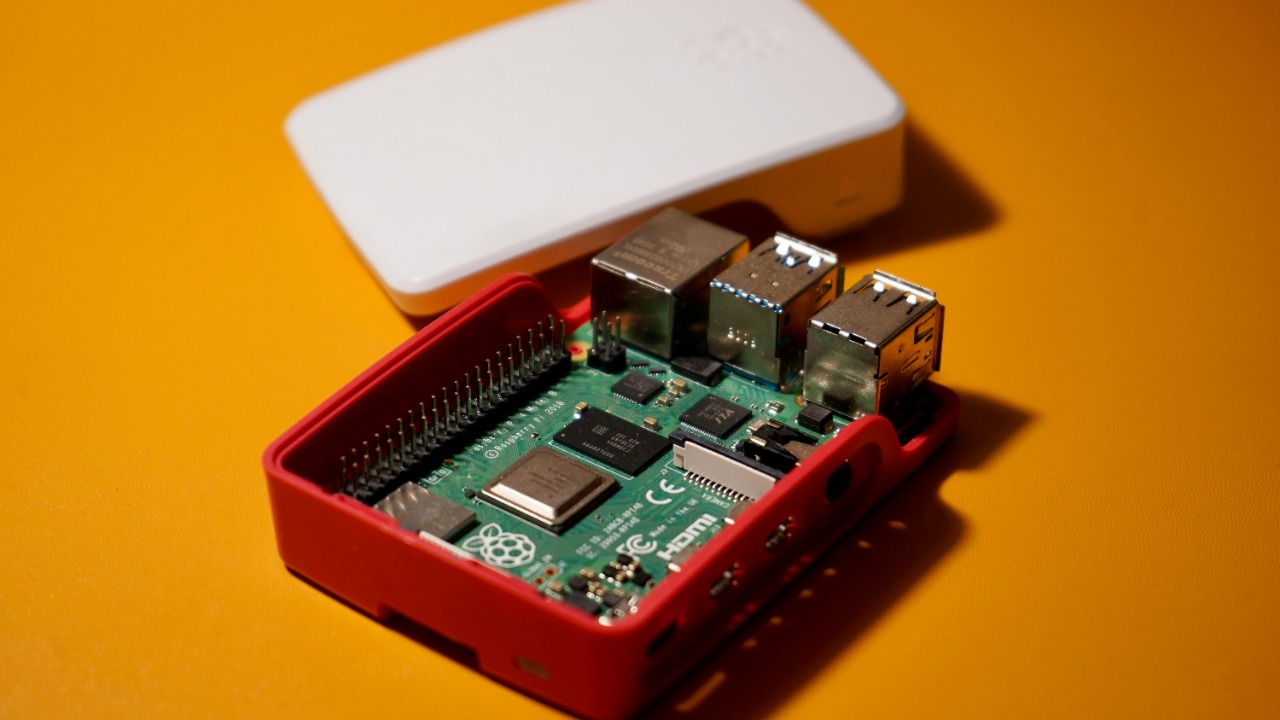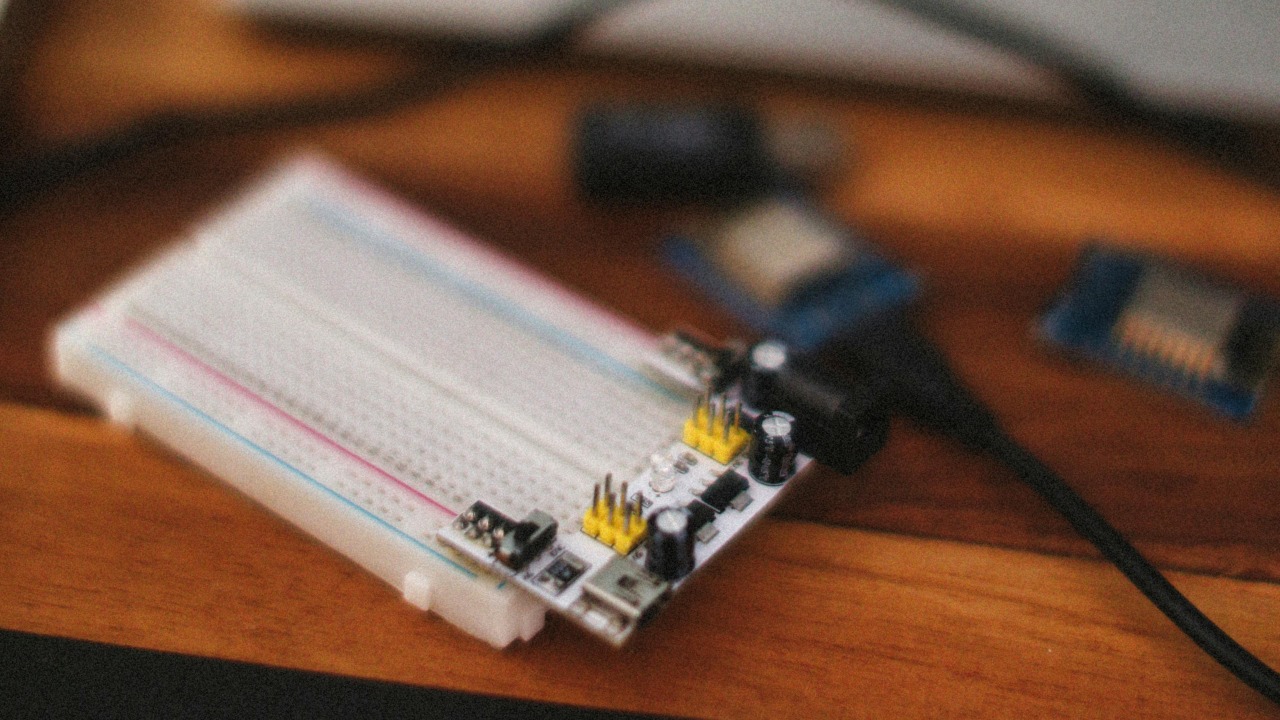
Imagine a device small enough to fit in the palm of your hand yet powerful enough to disrupt every smart gadget in your household. This is not a scene from a science fiction movie but a real possibility thanks to innovative technology that can interfere with wireless signals, potentially impacting the convenience and connectivity of modern smart homes.
The Rise of Smart Home Technology

The evolution of smart home technology has been nothing short of revolutionary. Over the past decade, devices such as smart speakers, lights, and thermostats have transitioned from luxury items to essential components of modern living. This integration of technology into everyday life has allowed homeowners to control various aspects of their homes with unprecedented ease, be it through voice commands or remote access via smartphone apps.
The connectivity and convenience associated with smart home devices have made them immensely popular. Homeowners can now enjoy increased efficiency, energy savings, and an enhanced lifestyle thanks to these gadgets. A simple voice command can adjust a room’s temperature, dim the lights, or even start a preferred playlist on a Bluetooth speaker. However, what happens when this seamless connectivity is disrupted?
Understanding Jamming Technology

Signal jamming is a technology that disrupts communication between devices by overwhelming them with noise. This interference prevents devices from receiving or transmitting signals, effectively rendering them useless. While the concept might seem novel, the principles behind it are well-established, often used in military and law enforcement applications to block communications.
The potential uses and abuses of jamming technology are vast. On one hand, it can safeguard privacy by preventing unauthorized surveillance or data transmission. On the other hand, it poses ethical concerns, especially when used maliciously to disable security systems or disrupt public services. The line between beneficial and harmful applications of this technology is thin and often blurred.
The Tiny Box: How It Works

The tiny box capable of jamming signals is a marvel of modern engineering. Typically, these devices consist of a power source, an antenna, and a circuit that generates interference signals. The technology works by broadcasting noise at the same frequency as targeted devices, effectively drowning out legitimate signals and causing a communication breakdown.
In real-world applications, this device has both protective and destructive potential. It can be used to block unwanted connections, maintain privacy, or even prevent data breaches. However, in the wrong hands, it could disrupt entire home networks, causing smart devices to malfunction or become completely inoperable. This dual-use nature makes the device a topic of significant debate.
Impact on Modern Living

The introduction of jamming technology into households raises significant security concerns. Smart home systems, while convenient, are vulnerable to such disruptions. A single jamming device could expose these vulnerabilities, allowing unauthorized access or disabling security features, thereby compromising the safety of the household.
Legal and ethical considerations also come into play. The use of jamming devices is heavily regulated in many regions, with strict penalties for unauthorized use. The ethical dilemmas posed by their accessibility and potential impact on personal privacy add another layer of complexity. It is crucial for regulations to evolve alongside technological advancements to ensure consumer rights and security are adequately protected.
Future Implications and Innovations

As jamming technology advances, its implications for smart home technology and wireless communication continue to grow. Future developments might include more sophisticated and targeted jamming methods, capable of isolating specific devices without affecting others. Such innovations could further complicate the balance between personal privacy and security.
Balancing innovation and regulation is essential in managing these advancements. Regulatory frameworks must adapt to address the challenges posed by new technologies, ensuring that they enhance rather than undermine consumer rights and security. As technology continues to evolve, it will be imperative to maintain a dialogue between innovators, regulators, and consumers to navigate this rapidly changing landscape.
For those interested in exploring more about the nuances of smart technology and its implications, online discussions such as those on Hacker News or forums like Reddit provide a wealth of information and perspectives.